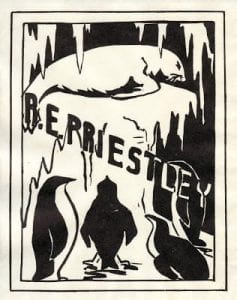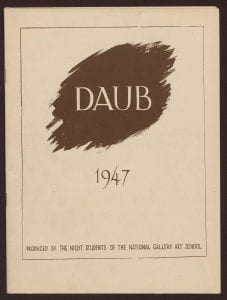Priestley’s Penguins
Andrew Fuhrmann

There’s no doubt that Raymond Priestly (1886-1974) had a fondness for penguins. Open any of the fourteen volumes of his Australian diaries (1935-1938) and there they are on the inside cover. The personal bookplate of the eminent geologist and Antarctic explorer depicts an icy scene in bold black and white with a fur seal surrounded by four rather stout penguins. Continue reading “Priestley’s Penguins”




